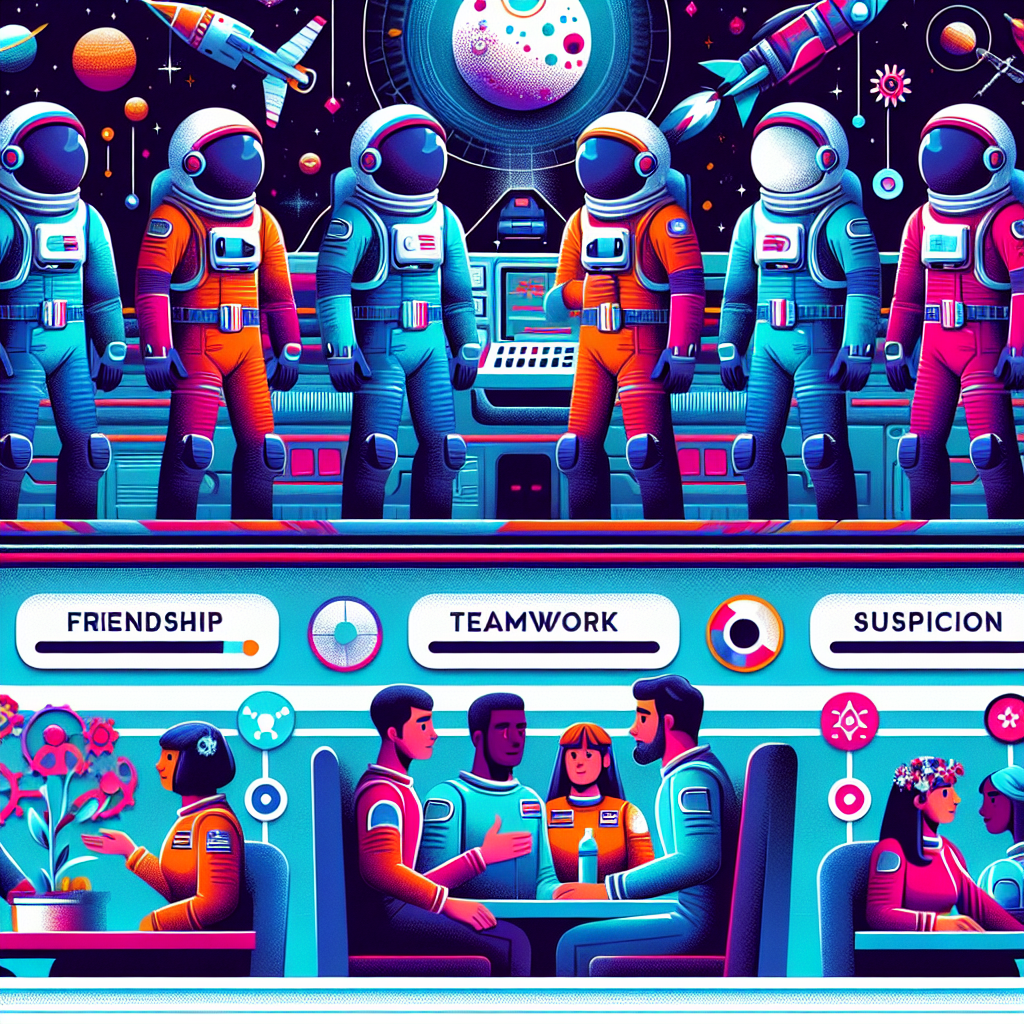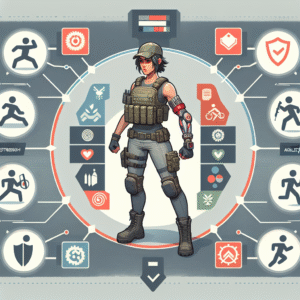Exploring the Cultural Impact of Among Us: How a Simple Game Captured the World’s Imagination
Reasons Behind Among Us’s Popularity Surge
Among Us, developed by InnerSloth, is a multiplayer social deduction game that skyrocketed to global fame in 2020, two years after its initial release. The sudden rise in popularity can be attributed to a mix of accessibility, social interaction, and timing. With the COVID-19 pandemic causing widespread lockdowns, people across the globe sought ways to stay connected. Among Us, with its simple mechanics and multiplayer format, offered a perfect virtual space for socializing.
The game’s design, featuring cute, colorful astronauts in a spacecraft setting, coupled with its suspenseful gameplay, provided an engaging experience that people of all ages found appealing. Its ease of access on PC and mobile platforms also contributed significantly to its widespread adoption. The cross-platform play further ensured that players could connect with friends regardless of the device being used.
Social Media and Streaming Platforms’ Influence
Social media and streaming platforms played a pivotal role in catapulting Among Us into mainstream culture. Popular Twitch streamers and YouTubers discovered the game, sharing their entertaining experiences with millions of followers. High-profile content creators like PewDiePie, Ninja, and Pokimane showcased the game’s intriguing blend of strategy and deception, sparking widespread curiosity.
The game’s format, where players attempt to complete tasks while identifying impostors, lends itself well to viewer engagement. Audiences enjoyed participating in the deduction process, watching streamers navigate through chaos and camaraderie. Social media platforms like Twitter and TikTok further amplified the game’s reach, with memes, fan art, and clips circulating rapidly, maintaining a high level of buzz around the game.
Cultural Impact on Gaming and Beyond
Among Us’s influence extended beyond the gaming community, impacting various cultural sectors. The game’s terminology, such as “sus” (short for suspicious) and “impostor,” swiftly entered the vernacular, becoming common expressions even outside gaming contexts. Among Us costumes became a popular choice for Halloween, reflecting its deep-seated presence in popular culture.
Educational settings also embraced the game as a tool for teaching teamwork and communication skills. Teachers utilized Among Us to create engaging lessons, encouraging students to communicate effectively, strategize, and foster critical thinking. The game’s potential for social learning highlights how digital platforms can contribute positively to educational environments.
Cross-Media Collaborations and Merchandise
The game’s popularity attracted several collaborations and adaptations across different media. Among Us-themed merchandise, including clothing, toys, and board games, became highly sought after. Merchandise not only served as a revenue stream for InnerSloth but also acted as a tangible connection for fans, allowing them to express their affinity for the game.
Crossovers with other games and media franchises further underscored Among Us’s cultural significance. Iconic brands such as Fortnite included Among Us-themed content, integrating its essence into diverse gaming narratives. These collaborations highlight the game’s flexibility and widespread appeal, establishing it as a cultural phenomenon beyond its standalone existence.
Community and Developer Interaction
The relationship between the Among Us community and its developers played a crucial role in sustaining the game’s momentum. InnerSloth actively engaged with players, incorporating feedback and suggestions into game updates. The developers’ openness to community input fostered a sense of ownership and loyalty among the player base.
Regular updates, featuring new maps, tasks, and cosmetic options, kept the game fresh and exciting. The introduction of roles like the Scientist and Engineer introduced fresh dynamics, keeping players intrigued. By valuing community interaction, InnerSloth successfully navigated the challenges of maintaining long-term engagement in the gaming industry.
Psychological and Social Dynamics of Gameplay
Among Us offers a profound exploration of human psychology and social dynamics. The game’s core mechanic of deception and trust challenges players to navigate moral and ethical dilemmas. Players must balance building alliances and sowing mistrust, mirroring real-world scenarios where social interactions are complex and multifaceted.
The psychological impact of gameplay extends to the digital realm’s broader social environments. Among Us has been utilized for team-building exercises in corporate settings, as companies recognize the game’s capacity for fostering collaboration and communication skills. These applications underscore the game’s relevance in understanding human behavior in both virtual and real-world scenarios.
Challenges and Limitations
Despite its success, Among Us has faced challenges common to many viral games, including player fatigue and a potential decline in novelty. Addressing concerns over repetitive gameplay and maintaining player interest is essential for its longevity. In response, the developers have been proactive, introducing new content and exploring innovative gameplay features.
Concerns over cybersecurity and online interactions also emerged, given the game’s vast player base. Ensuring a safe and non-toxic environment is paramount, prompting developers to implement robust reporting and moderation systems. Balancing open community engagement with security measures remains a critical aspect of sustaining a healthy player base.
Evolution and Future Prospects
As Among Us continues to evolve, its future prospects appear promising. The developers plan to expand the game with more maps, features, and potential adaptations. The introduction of virtual reality versions showcases the game’s adaptability to emerging technologies. Such innovations highlight Among Us’s capability to remain relevant in an ever-changing digital landscape.
The game’s success also sets a precedent for indie developers, showcasing how a small team can create a culturally impactful product through creativity and community engagement. Other developers may draw inspiration from Among Us’s journey, further enriching the gaming industry with innovative and socially resonant experiences.
The Broader Implications on Gaming Trends
Among Us’s success highlights a shift in gaming trends towards social, collaborative experiences. The emphasis on communication, strategy, and human interaction contrasts with the traditional focus on competition and individual achievement. This trend may influence future game development, prompting creators to explore new methods of fostering player connectivity.
The game’s minimalist design also challenges the notion that high-budget graphics and complex mechanics are necessary for success. Among Us’s emphasis on fun and social dynamics demonstrates that simplicity, when executed effectively, can captivate audiences and achieve significant cultural impact.
In summary, Among Us’s cultural impact is a testament to the game’s ability to transcend the confines of traditional gaming. Its influence is felt across various sectors, from language and education to media and consumer culture. As it continues to evolve, Among Us serves as a powerful example of how interactive digital experiences can shape and reflect broader societal trends.












Post Comment